In defense of the mighty, often overlooked cabbage
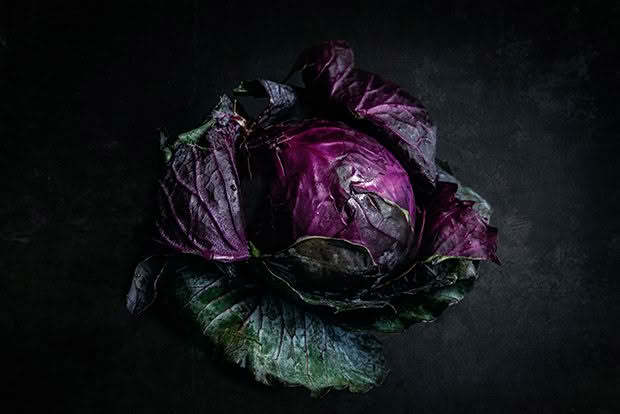
It may have a reputation for its limp texture and rank odour, but cabbage is a punchy superfood if prepared the right way.
Words: Jenny Garing
Cabbage may be available year-round, but the vegetable comes into its own in winter when it’s at its sweetest, and therefore at its best for cooking. A whole head of cabbage will keep for a week or longer when stored in the fridge unwashed and sealed in plastic. Don’t be fooled by its humble reputation: cabbage is a wonder food that’s packed with flavour and nutrients. Raw cabbage stimulates digestion as well as the immune system and it has antibacterial and antiviral properties. Both raw and cooked cabbage are great sources of vitamin C and calcium. The red variety is especially rich in antioxidants.
Cabbage’s less-than-sexy reputation has a lot to do with its pungent smell and limpness, which is usually a result of the cooking method. Cabbage contains egg-smelling hydrogen sulfide, a compound that’s released when the vegetable is overcooked. Here’s how you can remedy that:
• Lose the odour: that cabbagey smell will stay away if you cook cabbage for a short time (five minutes or less), uncovered and in lots of water. Or my preferred method: no water at all. Just add a little melted butter and black pepper in a pot with the cabbage and leave it on low with the lid on, tossing every now and then. Also, don’t let it boil (if using water), just have it on a simmer.
• Keep it bright: red cabbage retains that vivid purplish colour when you slice it with a stainless steel knife or use a nonreactive pot (rather than cast iron or aluminium), and add an acid, like vinegar or lemon juice.
• Crisp it up: When making a coleslaw, it pays to soak the shreds in cold water. This also helps cut the pungent smell. Drain well before combining with other ingredients.
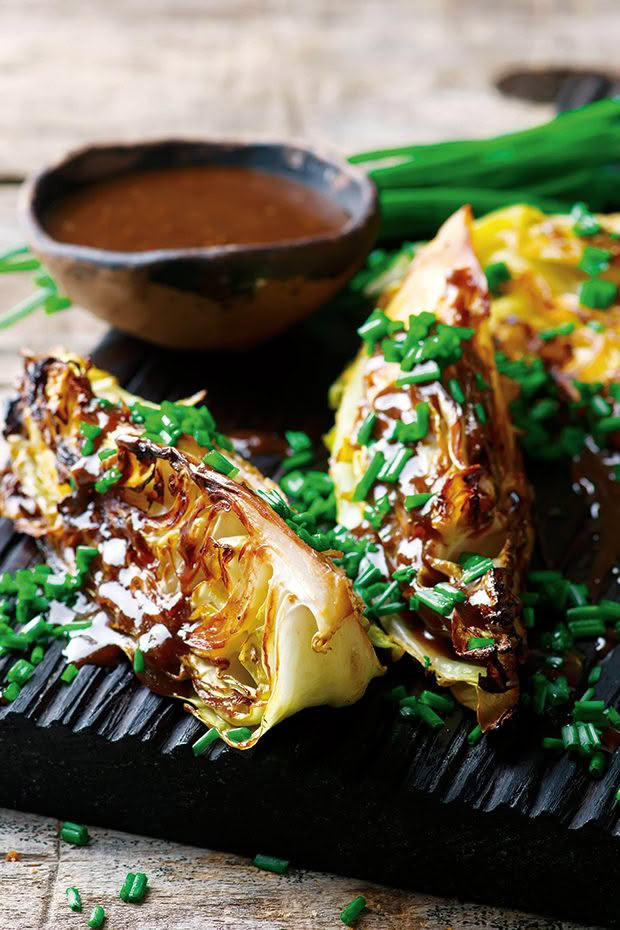
There are many ways you can prepare cabbage to keep it tasting and smelling fresh. Green and savoy cabbages pair well with meaty flavours: adding bacon is a good option. A stew of sausages, cannellini beans and torn cabbage with some rosemary and garlic is sublime. When thinly sliced, red cabbage adds weight and crunch to winter salads. The Asian variety, (Tianjin or napa cabbage), grows barrel-shaped or elongated. It’s delicate, juicy, and perfect for coleslaws, Asian hotpots and in kimchi or other cabbage pickles. Try these simple ideas:
1. Simmer sliced green or savoy cabbage just until tender in enough water to cover. Add salt and a knob of butter. Drain and toss with grated parmesan cheese and cracked pepper.
2. Sauté sliced red cabbage with butter, chopped onion, and a good splash of balsamic vinegar.
3. Dress cabbage with freshly grated ginger, sesame oil and salt, with a splash of mirin or rice wine.
4. Add sliced Tianjin cabbage to miso soup with some leftover chicken, sliced green onions, fresh coriander, and drizzle with sesame oil.
Or try these other simple recipes that make cabbage the star of the meal.
Okonomiyaki
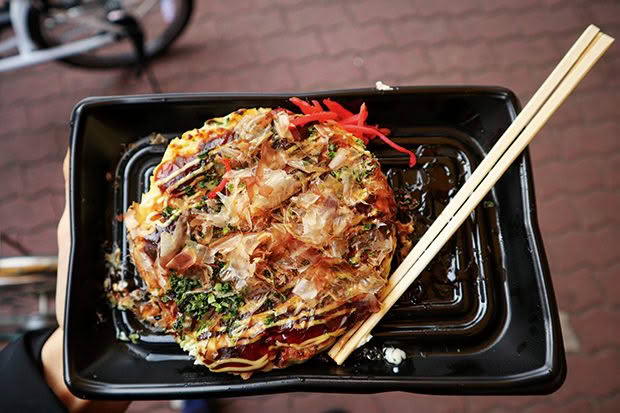
Time: 20 mins
Serves: 3-4
Sometimes called the Japanese pancake or pizza (as a way to get the kids to eat it, I think), this dish has cabbage as the main ingredient. It’s so quick to make and is very filling. I lived in Tokyo for a year or so, and my Japanese friends taught me the Kanto (Tokyo region) version of this dish. It’s probably more famous in the Osaka (Kansai) region though, where it is often sloppier and has noodles mixed in. My version is quick to prepare and is a great way to get more cabbage into the family’s diet.
You can substitute anything you like for the protein as it’s only one of the minor ingredients. I use homemade tonkatsu sauce – a kind of Japanese barbecue sauce that’s spread on the okonomiyaki. Traditionally, you’d put sliced nori on top and then some katsuobushi (thinly sliced dried tuna flakes used for making miso soup broth). They wriggle and curl up as you serve it, making them look alive.
INGREDIENTS
1 cup flour
1 teaspoon baking powder
1 beaten egg
1 cup milk (or water)
2 cups shredded cabbage
½ carrot, grated (or other veges)
1 finely sliced spring onion
½ cup chopped cooked meat or fish of your choice
Rice bran oil
To serve:
Kewpie mayonnaise
1 sheet nori, cut into fine slivers
1 packet katsuobushi
A few slices Japanese pickled pink ginger
Tonkatsu Sauce:
6 tablespoons tomato sauce (ketchup)
4 tablespoons soya sauce
2 tablespoons Worcester sauce
Mix together well. My Japanese friend, Mrs Iwamoto, usually heats the sauce a little in a separate pot before spreading on the okonomiyaki.
METHOD
In a bowl, mix the flour and baking powder with the beaten egg. Add enough water or milk to make a pancake-like batter (probably about a cup of milk). Add the finely shredded cabbage, carrots and spring onion. Mix the vegetables into the batter. Add any meat or fish you want (cooked leftover chicken, a can of salmon or tuna, thin strips of pork, bacon pieces etc). Mix it all thoroughly. It should look like a bowl of vegetables coated with a little batter rather than a bowl of batter with a few vegetables in it.
In a frying pan, heat the oil on medium. Tip the other ingredients in and spread it out evenly to make a thick wide pancake. Let it cook on medium for about five minutes. Then flip it over (I usually cut it in half to flip it).
Cook for about five minutes more. While this second side is cooking, spread the tonkatsu sauce all over the top and let it sit and soak in a bit as it finishes cooking.
Flip it back again at the end and add more tonkatsu sauce to the other side, cooking for another minute. Slip it out onto a serving plate.
Top with a good squeeze of kewpie mayonnaise (traditionally in a zigzag pattern) then sprinkle on some nori and katsuobushi and a few slices of pickled ginger.
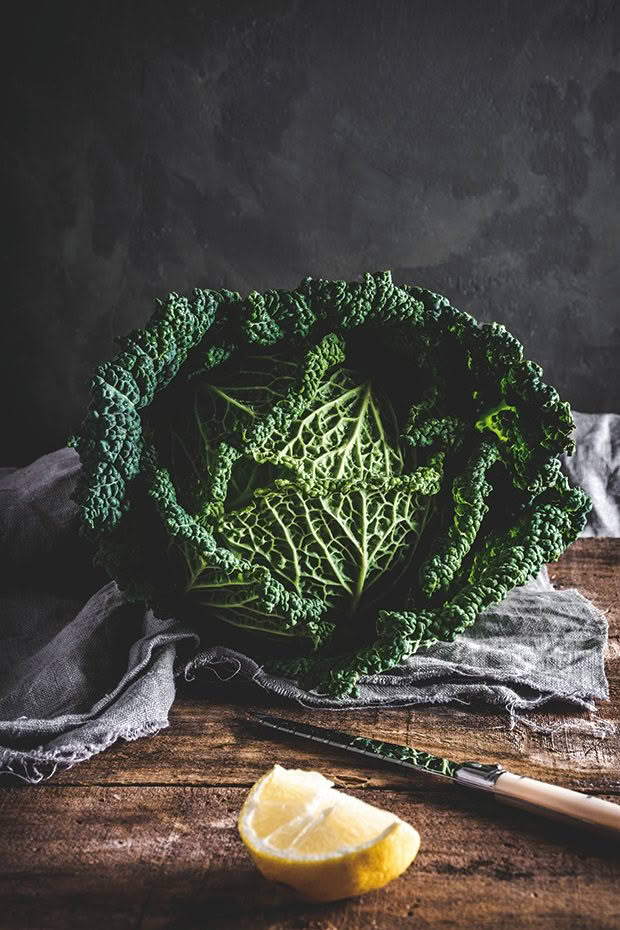
Shan Steamed Cabbage (Goolom Oop)
Time: 30 mins
Serves: 2-3
I adapted this recipe from Naomi Duguid’s Burma cookbook. The Shan region in Myanmar has a variety of steamed or simmered vegetable dishes (oop). The locals use a special dried soyabean disc, but Japanese miso or Korean doenjang make good substitutes. While this dish is quite small, you can turn this into a main by adding 400g pork mince to the pan just before you add the cabbage and tomatoes. When I serve this humble cabbage dish as part of a bigger meal, it always disappears first!
INGREDIENTS
¼ cup raw peanuts
1 teaspoon turmeric
2 tablespoons peanut oil
½ green cabbage, cut into roughly 5cm pieces
3 shallots, sliced
3 tomatoes chopped
1 red chilli, sliced
1 tablespoon of soyabean disc, miso paste or Korean doenjang
A handful of coriander, chopped
METHOD
Toast the raw peanuts in a dry frying pan. Roughly chop them and set aside.
In a large pan, sauté the shallots gently in the peanut oil. When they are starting to soften, add the turmeric and cook for a few more minutes.
Add the chilli, the cabbage and the chopped tomatoes. Put the lid on and leave the cabbage to simmer for 10 minutes.
Add the disc (or substitute) and the peanuts and stir in gently.
Cook uncovered for another five minutes. Serve topped with fresh coriander.
Grilled cabbage with garlic lime dressing
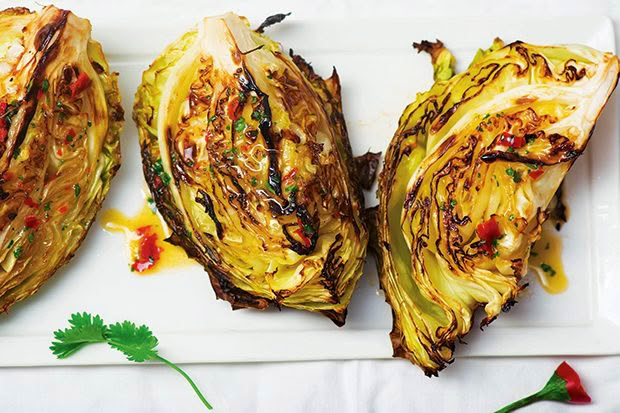
Time: 30 mins
Serves: 3-4
This simple dish doesn’t take long to prepare yet the result is fantastic. While my method involves grilling the cabbage, you can also roast it, before pouring the tangy, spicy dressing all over when serving. The garlicky lime juices soak into the roasted warmth of the cabbage and the smoky edges add a little crunch. Roasted cabbage also mellows out the funky cabbage smell and taste and turns it into something sweet.
INGREDIENTS
Juice of 2-3 limes (about ¼ cup)
¼ cup extra virgin olive oil
1 teaspoon fish sauce
1 chilli, chopped finely
3 garlic cloves, roughly chopped
¼ cup coriander leaves
½ teaspoon salt
1 small head green cabbage
Olive or rice bran oil
METHOD
Mix the lime juice, extra virgin olive oil, fish sauce, garlic, chilli, coriander, and salt in a small chopper or blender. Set aside.
Remove the loosest, toughest outer leaves from the cabbage and cut the remainder into eight evenly sized wedges. Do not remove the stalk or the inner core. Lightly brush the wedges with the olive or rice-bran oil.
Place the wedges under the grill and cook for five to seven minutes, or until the edges of each layer are blackened and the cabbage is beginning to soften. Flip each wedge over, and cook for an additional five to seven minutes on the other side.
Remove the cabbage wedges when they’re beginning to wilt but still firm in the middle. If necessary, turn the heat down so they don’t burn. But don’t be afraid of those blackened edges; you want the char marks on the cabbage to give it a smoky flavour.
Alternatively, place the wedges on an oven tray and bake in a hot oven for six to ten minutes, then flip them over and bake for another six to ten minutes. Take the wedges off the grill and arrange them on a plate. Pour the dressing over them and serve immediately.
Other delicious dressings and toppings you could try with this dish include:
• a miso and ginger dressing;
• thyme, lemon and chilli;
• basil and crispy bacon;
• a yoghurt, garlic and dried mint sauce.
Love this story? Subscribe now!
 This article first appeared in NZ Lifestyle Block Magazine.
This article first appeared in NZ Lifestyle Block Magazine.
